Zone System Exposure?
Feb 3, 2017 12:18:33 #
It sounds logical but don't press your luck with digital images. Your sensor is not tolerant to overexposure. I did a simple experiment using two different cameras, a D610 and a Sony A7 II. The results were the same so I am posting only the D610 example (yes, there are spots on the sensor).
I metered the brightest clouds with the camera's spot meter and it suggested an exposure of 1/500 @ f/11 for ISO 100. That would make the clouds close to middle gray (Zone V) and the rest of the JPEG image too dark. I exposed five frames: 1/500, 1/250, 1/125, 1/60 and 1/30. This placed the metered spot for the bright clouds on Zones V, VI, VII, VIII and IX. The first two images looked dark on the LCD but the JPEG histograms did not reach the right edge of the display. With the third image the histogram and the small amount of blinkies showed that the JPEG (but maybe not the raw file) would lose highlight detail or tonality. The fourth and fifth images were progressively worse, the histogram further to the right and the area covered by blinkies progressively larger. Looking at the raw information with FastRawViewer and RawDigger confirmed that the bright portions of the clouds were irretrievably blown.
I adjusted all five images to make them appear about the same using Capture One Pro v10 and saved the results as JPEG images posted below. The adjustments are shown in the captions. The Ev +/- adjustment brought the mid-tones to about the same level. Each image received a 100% adjustment to recover highlights. Shadow recovery varied slightly.
You can see that when the brightest clouds were exposed by placing them on Zone V, VI or VII it was possible to fully recover the cloud tonality. Placing the clouds on Zone VIII or IX made it impossible to recover the brightest tonality.
I metered the brightest clouds with the camera's spot meter and it suggested an exposure of 1/500 @ f/11 for ISO 100. That would make the clouds close to middle gray (Zone V) and the rest of the JPEG image too dark. I exposed five frames: 1/500, 1/250, 1/125, 1/60 and 1/30. This placed the metered spot for the bright clouds on Zones V, VI, VII, VIII and IX. The first two images looked dark on the LCD but the JPEG histograms did not reach the right edge of the display. With the third image the histogram and the small amount of blinkies showed that the JPEG (but maybe not the raw file) would lose highlight detail or tonality. The fourth and fifth images were progressively worse, the histogram further to the right and the area covered by blinkies progressively larger. Looking at the raw information with FastRawViewer and RawDigger confirmed that the bright portions of the clouds were irretrievably blown.
I adjusted all five images to make them appear about the same using Capture One Pro v10 and saved the results as JPEG images posted below. The adjustments are shown in the captions. The Ev +/- adjustment brought the mid-tones to about the same level. Each image received a 100% adjustment to recover highlights. Shadow recovery varied slightly.
You can see that when the brightest clouds were exposed by placing them on Zone V, VI or VII it was possible to fully recover the cloud tonality. Placing the clouds on Zone VIII or IX made it impossible to recover the brightest tonality.
Zone V, 1/500 +2 Ev, 21% shadow recovery
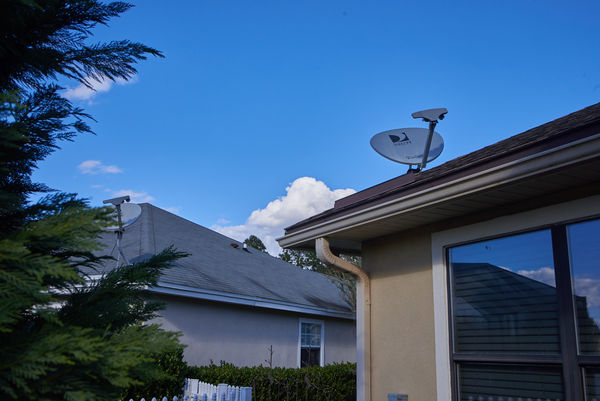
(Download)
Zone VI, 1/250 +1 Ev, 17% shadow recovery
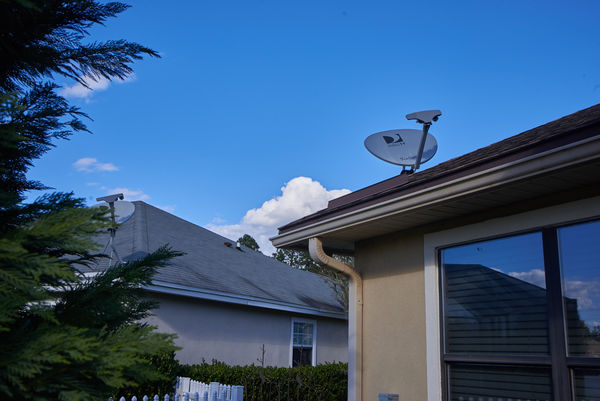
(Download)
Zone VII, 1/125 +0 Ev, 22% shadow recovery
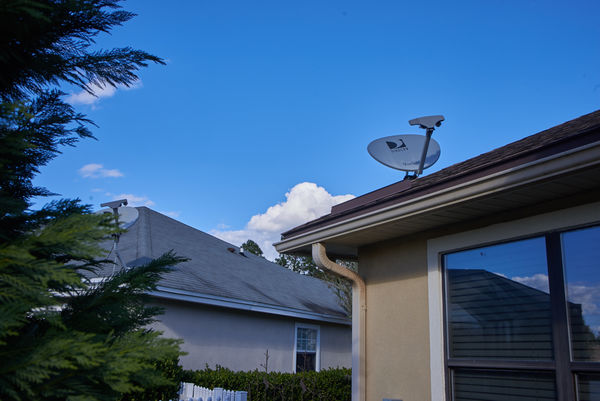
(Download)
Zone VIII, 1/60 -1 Ev, 21% shadow recovery
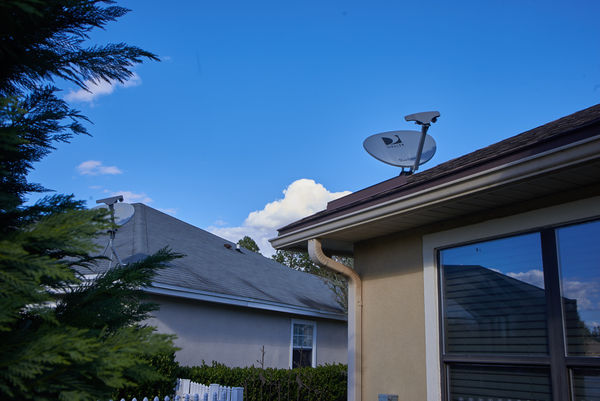
(Download)
Zone IX, 1/30 -2 Ev, 21% shadow recovery
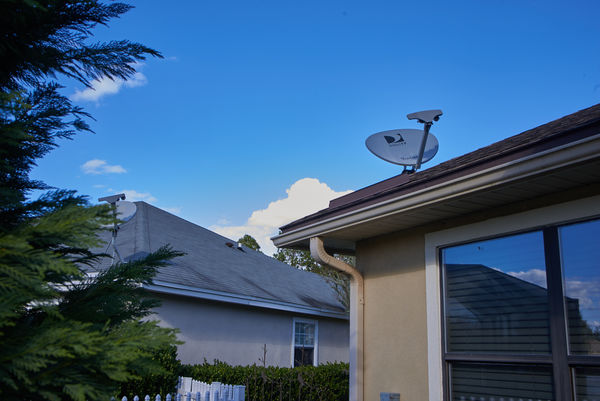
(Download)
Feb 3, 2017 12:26:01 #
Feb 3, 2017 12:45:42 #
I used to have a darkroom and tried to study Adam's Zone system. The first half is exposure measurement. The second is changing the development process of the film. You can't do that with digital. I never got it to work real well because I would shoot 36 frame rolls and didn't want to mess up the entire roll for a few zone shots.
The goal is to expand the range of where detail can be seen in both highlights and details where the exposure values in the scene are wider than "normal" for the camera.
Borrowed from Wikipedia is a paragraph that applies to how the goal of the Zone System can be applied to digital:
"Greater scene contrast can be accommodated by making one or more exposures of the same scene using different exposure settings and then combining those images. It often suffices to make two exposures, one for the shadows, and one for the highlights; the images are then overlapped and blended appropriately, so that the resulting composite represents a wider range of colors and tones. Combining images is often easier if the image-editing software includes features, such as the automatic layer alignment in Adobe Photoshop, that assist precise registration of multiple images. Even greater scene contrast can be handled by using more than two exposures and combining with a feature such as Merge to HDR in Photoshop or Lightroom. A simplified approach has been adopted by [camera and smartphone makers] as a selectable HDR option"
The goal is to expand the range of where detail can be seen in both highlights and details where the exposure values in the scene are wider than "normal" for the camera.
Borrowed from Wikipedia is a paragraph that applies to how the goal of the Zone System can be applied to digital:
"Greater scene contrast can be accommodated by making one or more exposures of the same scene using different exposure settings and then combining those images. It often suffices to make two exposures, one for the shadows, and one for the highlights; the images are then overlapped and blended appropriately, so that the resulting composite represents a wider range of colors and tones. Combining images is often easier if the image-editing software includes features, such as the automatic layer alignment in Adobe Photoshop, that assist precise registration of multiple images. Even greater scene contrast can be handled by using more than two exposures and combining with a feature such as Merge to HDR in Photoshop or Lightroom. A simplified approach has been adopted by [camera and smartphone makers] as a selectable HDR option"
Feb 3, 2017 13:29:17 #
bsprague wrote:
I used to have a darkroom and tried to study Adam's Zone system. The first half is exposure measurement. The second is changing the development process of the film. You can't do that with digital. ...
Yes, there are two parts to the Zone System - the exposure and the "development". Although the second part originally applied to the development of individual B&W images, the principles can be loosely applied to entire rolls of film or even digital. But it's a stretch.
The part I am addressing here is only the exposure question. Is it possible to expose a digital image based on the full nine zone range used to describe the B&W film process? The answer, as I have just demonstrated, is "no".
Elsewhere a member once mentioned that he metered a portion of a scene and placed the exposure on Zone IX. Clearly, that is not possible. Placing it on Zone VII is putting the highlights at about the limit for a D610, A7 II and probably for a D800 series camera at base ISO. So that individual was mistaken (or worse).
But what is often missing from the conversation is that the zones described in Zone System are what ends up in a print between Zone 0 (maximum black or digital image 0,0,0)) to Zone X (paper white or JPEG 255,255,255). Zones I and IX are described as having tonality but no texture, Zones II and VIII having texture but not detail. That leaves only Zones III through VII to clearly show detail. In other words, if you want detail you need to keep the information within +/-2 stops of Zone V (middle gray or 127,127,127) in the final print or image.
The same holds for color. Above Zone VII colors are progressively washed out and unsaturated. Below Zone III they get vary dark and hard to see. As with detail in B&W, saturated colors are going to be seen within +/- two zones from middle gray.
Feb 3, 2017 13:33:06 #
bsprague wrote:
You can't do that with digital.
Oh yes you can:
https://www.youtube.com/watch?v=Sk4FsFwOrl4
Feb 3, 2017 14:39:07 #
rgrenaderphoto wrote:
As I said earlier, it's a stretch.
The beginning and ending points are the same - the scene and the print (or the image if you only display).
The zones that end up in the print are related to the exposure values in the original scene but they are subject to all of the adjustments and manipulation you can do in between - brightness, contrast, tonal mapping, dodging and burning, gradients, vignetting, etc. The techniques are different for film and digital and they can be combined if you scan film.
Even with individually exposed B&W frames, there is not a strict 1:1 relationship between scene brightness levels and print zones although they are often conflated and treated as the same thing. Where some photographers get lost is in treating them as a single concept.
In any case, a clear understanding of Zone System concepts is helpful, even if you never used film.
Feb 3, 2017 15:02:41 #
selmslie wrote:
It sounds logical but don't press your luck with ... (show quote)
Here is an article from "Outdoor Photographer" on the zone system for digital as applied to landscapes. It is pretty good.
http://www.outdoorphotographer.com/tips-techniques/nature-landscapes/the-digital-zone-system/
Feb 3, 2017 15:37:53 #
robertjerl wrote:
Here is an article from "Outdoor Photographer" on the zone system for digital as applied to landscapes. It is pretty good.
http://www.outdoorphotographer.com/tips-techniques/nature-landscapes/the-digital-zone-system/
http://www.outdoorphotographer.com/tips-techniques/nature-landscapes/the-digital-zone-system/
Excellent article. I had not seen it earlier. It parallels my finding that spot metering through the camera is only useful for Zones III through VII.
Something I did not mention earlier is that, although highlights might be irretrievably lost when overexposed, the same does not have to hold for shadow information. Many cameras are ISO Invariant (you can fond that that topic discussed elsewhere) and you can recover a lot of information from underexposed shadows without necessarily paying much of a penalty in the form of noise if you keep your ISO low.
Feb 3, 2017 15:55:25 #
bsprague wrote:
I used to have a darkroom and tried to study Adam's Zone system. The first half is exposure measurement. The second is changing the development process of the film. You can't do that with digital. I never got it to work real well because I would shoot 36 frame rolls and didn't want to mess up the entire roll for a few zone shots. ....
Are you saying that the "developing" you do in Lightroom is conceptually different than the developing you did in a darkroom? I usually shot Kodachrome, and never did my own darkroom work, but my understanding was that much of what you'd do is "push" or "pull" the developing ... and even I sometimes modify levels in JPEG files, so that should be easy in raw {what am I missing??}
Feb 3, 2017 17:40:06 #
rehess wrote:
Are you saying that the "developing" you do in Lightroom is conceptually different than the developing you did in a darkroom? I usually shot Kodachrome, and never did my own darkroom work, but my understanding was that much of what you'd do is "push" or "pull" the developing ... and even I sometimes modify levels in JPEG files, so that should be easy in raw {what am I missing??}
The details of process are different but the end result is about the same.
Pushing and pulling of development was a technique that applied to B&W film and it was further modified by the selection of different contrast papers. It could not be used easily with color because it messed up the color balance. It was something you could do with the E6 process (Ektachrome, etc.) but not, to my knowledge, with Kodachrome.
Feb 3, 2017 18:27:16 #
Shoot the film at a different ASA*/ISO and push the development for higher speeds and pull the development for lower speeds
ie: shoot ASA/ISO 100 at 200 and "push" process it shoot ASA/ISO 100 at 50 and "pull" process it
And then there was reversal processing to produce a B&W positive to mount and project as a slide. In the 74-75 school year when I taught basic photography one of my students did it as a project. I got the instructions and chemicals from FreeStyle in Hollywood for Panatomic-X ASA 32. He used the classroom's studio stage and lighting setup and did mostly portraits of his girlfriend who just happened to be in the same class. The range of tones and detail pretty much floored everyone in the class and school that he showed them to. It started a fad for a time with the photo students and some in the Art Department.
*shows how long I have been in photography as a hobby
ie: shoot ASA/ISO 100 at 200 and "push" process it shoot ASA/ISO 100 at 50 and "pull" process it
And then there was reversal processing to produce a B&W positive to mount and project as a slide. In the 74-75 school year when I taught basic photography one of my students did it as a project. I got the instructions and chemicals from FreeStyle in Hollywood for Panatomic-X ASA 32. He used the classroom's studio stage and lighting setup and did mostly portraits of his girlfriend who just happened to be in the same class. The range of tones and detail pretty much floored everyone in the class and school that he showed them to. It started a fad for a time with the photo students and some in the Art Department.
*shows how long I have been in photography as a hobby
Feb 4, 2017 12:24:45 #
Haveing spent countless hours in the darkroom and shooting miles of film of gray cards getting my BFA at Ohio U. In the 70s. Zone system doesn't work very well with Digital. I works quite will with single layer B&W films like some made by Adox. It does not work as well with modern multi layer films like Tmax or even Tri-X. To do it right you need to calabrate your camera and all your lenses. Each is a little different. Then you shoot miles of film of gray cards. Measure all of that on a desitometer. You'll discover that it works best with sheet film since you can adjust development to each shot vs a whole roll of 35mm or 120. Yes it is one heck of a lot of work. My Sony systems do quite well with their HDR of +- 5 or more. Much easier than real film. Just remember, digital is similar to film but not the same. Digital is strictly physics and film is physics AND chemistry.
Feb 4, 2017 13:22:51 #
Feb 4, 2017 17:38:27 #
tsilva wrote:
you need to know how to use it for digital photography



either that or OP does not understand the zone system.
Feb 4, 2017 17:57:07 #
whitewolfowner wrote:


either that or OP does not understand the zone system.



either that or OP does not understand the zone system.
I have been using it successfully for nearly four decades with large format film.
Don't you have something constructive to offer?



If you want to reply, then register here. Registration is free and your account is created instantly, so you can post right away.





